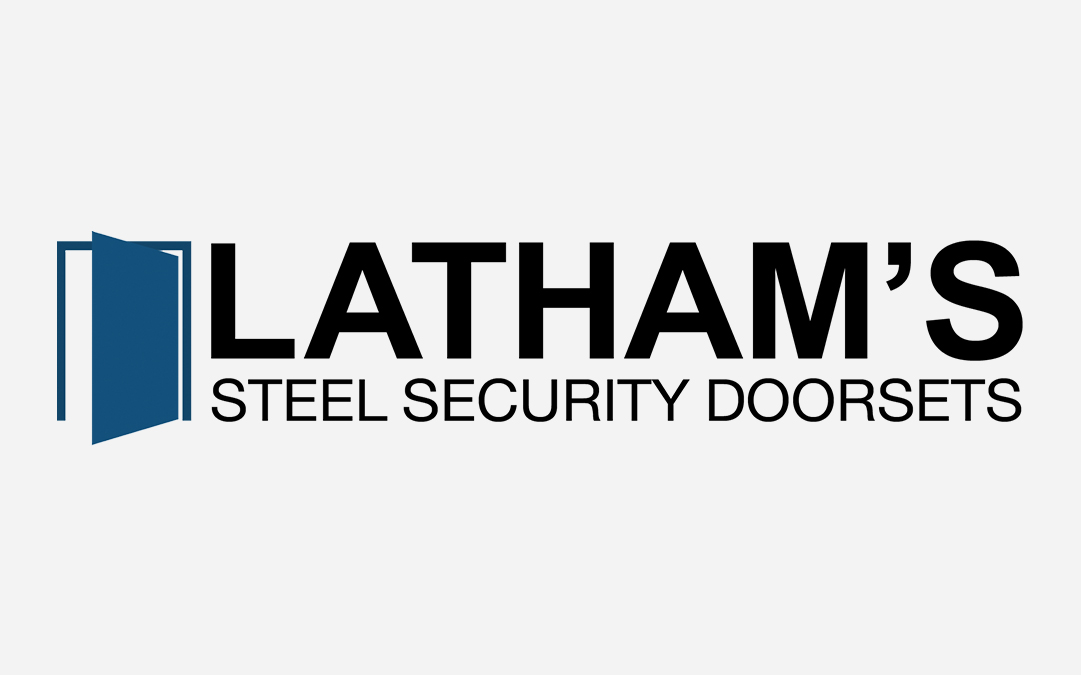A Guide To Multipoint Locks
See also:
- How Can I Increase my Door Security?
- Lock Snapping. How Can I Prevent It?
- Product Spotlight: Code Lock
- 5 Frequently Asked Questions about Steel Doors
Multipoint locks are available in a variety of designs, but every locking system has the same key components that make it effective for security. By all measures, multipoint locking devices add extra layers of security that can make the difference when protecting your loved ones and/or personal property.
There may be slight operational differences but the core of multipoint locking systems include:
- A centrally situated deadbolt
- A live bolt or latch
- Two hook bolts (or more)
- Two compression bolts
Typically, bolts are engaged when the door handle is lifted from either side of the door leaf. To lock the door, a key is usually used to secure the bolts and the locking mechanism. In cases where the door is an emergency exit only, an internal thumb-turn keying system is often used instead of a key.
The mechanics of multipoint locks
The compression bolts are critical to the tight fitting, secure operation of the multipoint locking system.
If fitted properly, the compression bolts (and hook bolts) draw the door tight to the weather seals in the door frame providing an airtight, weatherproof seal. Today, many varieties of multipoint locks offer additional bolting to secure the top and bottom frame as well as tightening the door to the hinge side frame.
Today, the finest, most secure doorsets are fitted with multipoint locks. In the UK, there are standards for testing and certifying multipoint locks. Consumers should understand the differences in their doorsets and locking devices as this often affects the price of the product. In the long run, most consumers are willing to pay a little more for a lot more security.
The solid spindle vs. split spindle debate
The debate rages about which type spindle operation should be used on the outside handle for multipoint locks.
With the police initiative, Secured by Design, holding firm as non-committal on this issue, it is fair to say there are pluses and minuses for both the split spindle and solid spindle locking doors.
Split spindle locks
Advantages
With split spindle multipoint locking doors, when the owner exits and closes the door behind, a key is needed for re-entry.
This is required because the door’s exterior handle is designed have no control over the latch bolt. Only the key can release the latch bolt. However, the latch bolt will respond to the door handle on the door’s interior.
If the door is closed but not locked, burglars cannot simply enter the property. They will need a key to gain entry. This feature also helps to protect residents who are in the house. Burglars can only enter via a key.
Disadvantages
Doorsets with split spindle multipoint locks can be forced open. If the door is not locked upon closing, a burglar could jimmy the door and use leverage to activate the interior handle. This can occur even when the residents are at home and pre-occupied.
Solid spindle locks
Advantages
Solid spindle multipoint doorsets do not require a key to open when the door is closed. When the exterior handle is pushed down, the latch bolt is moved to permit access.
Additionally, the interior handle will also open the latch bolt. This is the most common door for buildings that let flats because landlords do not want tenants to lock themselves out.
While solid spindle multipoint doorsets require a little extra effort and discipline with managing your key and actually using it to lock and unlock the door, you do not have to worry about locking yourself out. Just be sure that when using the key, you are sure you have engaged the multipoint locks.
Disadvantages
The biggest drawback to solid spindle multipoint locking systems is that the resident must remember to physically lock the residence and unlock the residence with a key. If you forget to lock, anyone can enter.
The important thing to remember about doors that feature multipoint locks is that whichever type you choose, you are buying a secure, safety oriented door and locking system, giving you and your family the peace of mind you deserve.
To discuss our lock mechanisms further and find out which lock is best for you, contact us online.

